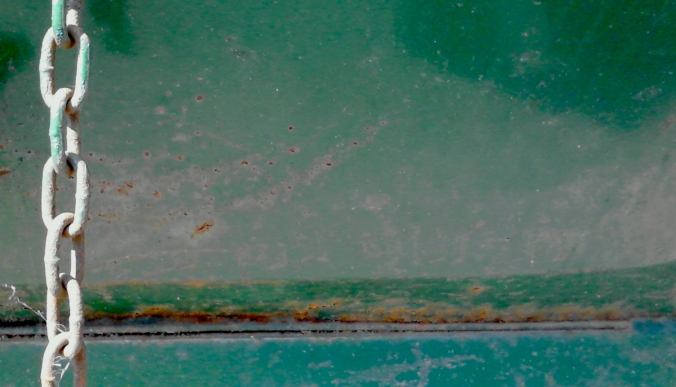Well, almost a decade. Here is a chronological collection of links to articles or content that feature the Los Angeles Eco-Village or some of its members, carefully collected by Lois Arkin.
2013:
The Jewish Journal features Lois Arkin (one of the L.A Eco-Village founders)
http://www.jewishjournal.com/50_Plus/article/co_op_living_revisited
2012:
The Eco-Village has been a crossroads for a number of activists in Los Angeles, this LA weekly article traces the birth of Ciclavia as it relates to this place:
http://www.laweekly.com/2012-04-05/news/ciclavia-LA-bicycles-founding/
2012:
An interview with Joe Linton, artist and activist:
http://thesource.metro.net/2012/02/22/joe-linton-interview-with-an-artist-in-transit/
2009:
Chris Carlsson visits Los Angeles and this is a great post that highlights the people and places that he visited. This would be a good read if you are planning on coming to L.A. and would like to see the other side of the coin.
http://www.nowtopians.com/my-writings-and-appearances/it%E2%80%99s-happening-in-los-angeles
2008:
This is a PDF (warning!) of a Power Point presentation by the Affordable Housing Energy Efficiency Alliance on energy efficiency design. We are featured as a case study.
http://www.h-m-g.com/multifamily/aheea/MF%20Bldgs%20High-Perf%20Design_Part3_LACDC_07.31.08.pdf
2008:
Indymedia’s coverage of the the struggle with LAUSD over nearby land use that would affect our area:
http://la.indymedia.org/news/2008/02/213688.php
2008:
A short article on cohousing by Cassandra Lizaire
http://jscms.jrn.columbia.edu/cns/2008-04-15/lizaire-cohousing.html
2007:
Lois Arkin interview by the Center for Oral History Research at UCLA. (sound files with synopsis)
http://oralhistory.library.ucla.edu/viewItem.do?ark=21198/zz00095x90&title=%2520Arkin,%2520Lois
2007:
Joe Linton interview by the Center for Oral History Research at UCLA. (sound files with synopsis)
http://oralhistory.library.ucla.edu/viewItem.do?ark=21198/zz00095wcj&title=%2520Linton,%2520Joe
2007:
Short article about the growing pains of ecovillages around the world:
http://www.emagazine.com/magazine-archive/it-takes-an-eco-village
2004:
Communes and intentional communities by Dean Schabner:
http://abcnews.go.com/US/story?id=96711&page=1
2002:
Radio interview and transcript by Living on Earth:
http://www.loe.org/shows/segments.html?programID=02-P13-00026&segmentID=5
L.A. Times Article:
http://articles.latimes.com/2002/mar/30/local/me-outthere30
1995:
Flemming Funch recounts an inspiring visit to the L.A Eco-Village:
http://www.worldtrans.org/essay/ecovillage.html









